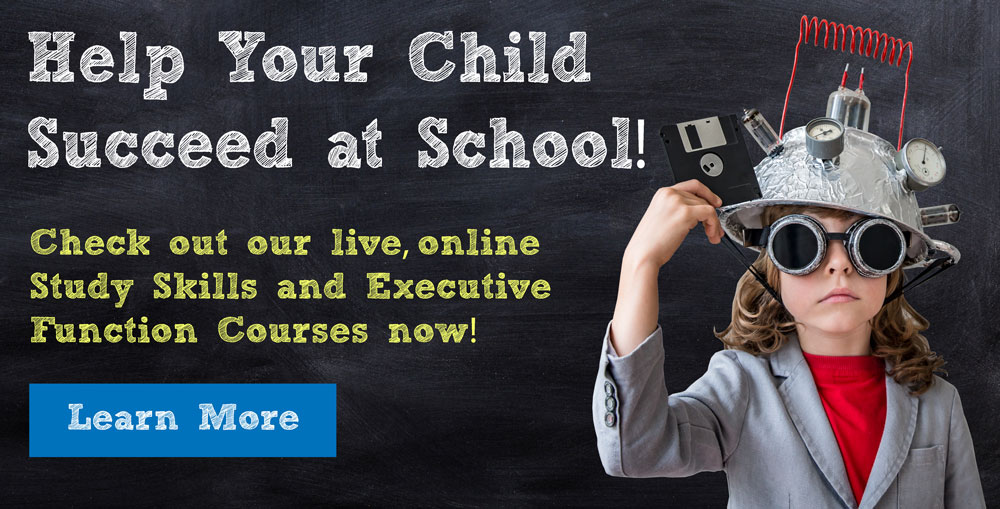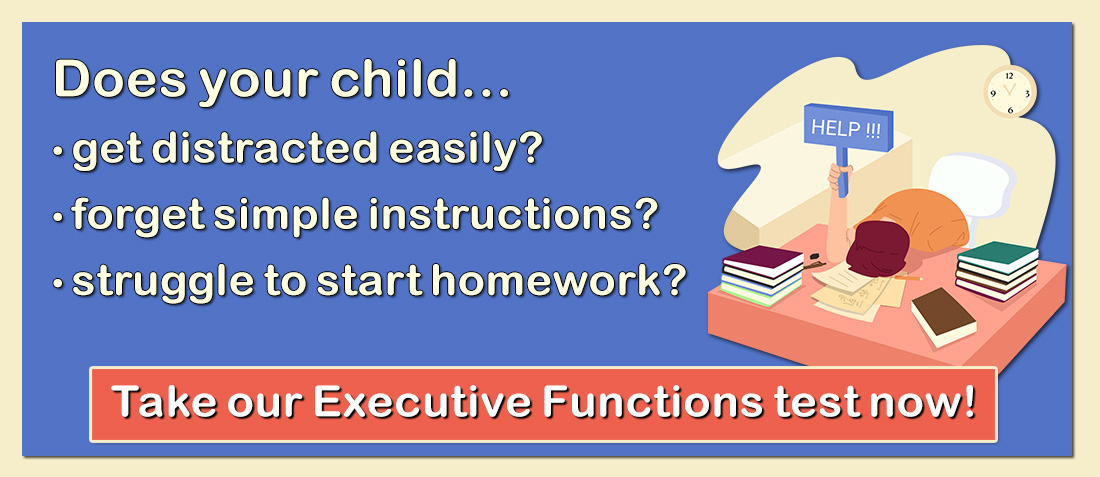 Some kids are born readers, others are not. Those we would describe as “born” readers have an affection for books and the capacity to read early and easily. Most of these kids probably have a brain that has optimal wiring for reading.
Some kids are born readers, others are not. Those we would describe as “born” readers have an affection for books and the capacity to read early and easily. Most of these kids probably have a brain that has optimal wiring for reading.
Kids who are not “born” readers may find language difficult to learn and struggle in learning letters, numbers, and letter-sound correspondence. As young children, they may enjoy being read to, but generally do not want to read in front of others and find learning to read a great deal of work. Most of them have brains that are not wired efficiently for reading.
While the aforementioned description is clearly an oversimplification of what makes up reading proficiency (Certainly there are readers who fall in between our categorization and find reading to be a skill that they acquire with good teachers and repeated practice.).
The most recent neuroscience and educational research inform us that we can readily teach the vast majority of nonreaders to become adequate readers. Simply put, we need to identify the difficulties that we observe in “nonreaders” and develop an approach that addresses the phonological, comprehension, fluency, or working-memory issues that underlie the reading problems.
Once we have identified the reading deficits, we can help these children. However, it’s not easy. Helping these nonreaders to become readers requires repeated practice with a set of tools that will help them to create pathways in their brains for reading.
The metaphor that we use with parents is that good readers have brain pathways that are akin to a super highway on which there are no stop signs or impediments from one place to another. Nonreaders, in contrast, need to build new pathways. Their super highways have construction, detours, and accidents occurring, so that reading does not occur in a smooth, step-by-step process. As a result, these children need to develop new pathways in the brain. Just like blazing a new trail in the woods requires a lot of effort but becomes permanent when it is used repeatedly, nonreaders need to practice their reading skills on an ongoing basis to develop a permanent and direct reading pathway. While these pathways may never become a super highway, many of these children become excellent readers, albeit somewhat slower than their peers, and like those who travel on trails or side roads, may have opportunities for other experiences in their reading.
It is incumbent on parents and teachers to communicate to kids that they can become adequate readers and that the type of instruction and practice that is being asked of them will lead to this. Helping nonreaders to see their effort paying off and success will assist them in many areas throughout their entire lives. Ways to do this include reading books about people who have overcome disabilities; watching movies that have people overcoming obstacles, such as “Saving Nemo” or “Rudy”; and learning about heroes such as athletes or politicians who have overcome impoverishment to become successful.
Receive online class information and helpful tips from Dr. Randy Kulman's LearningWorks for Kids |




